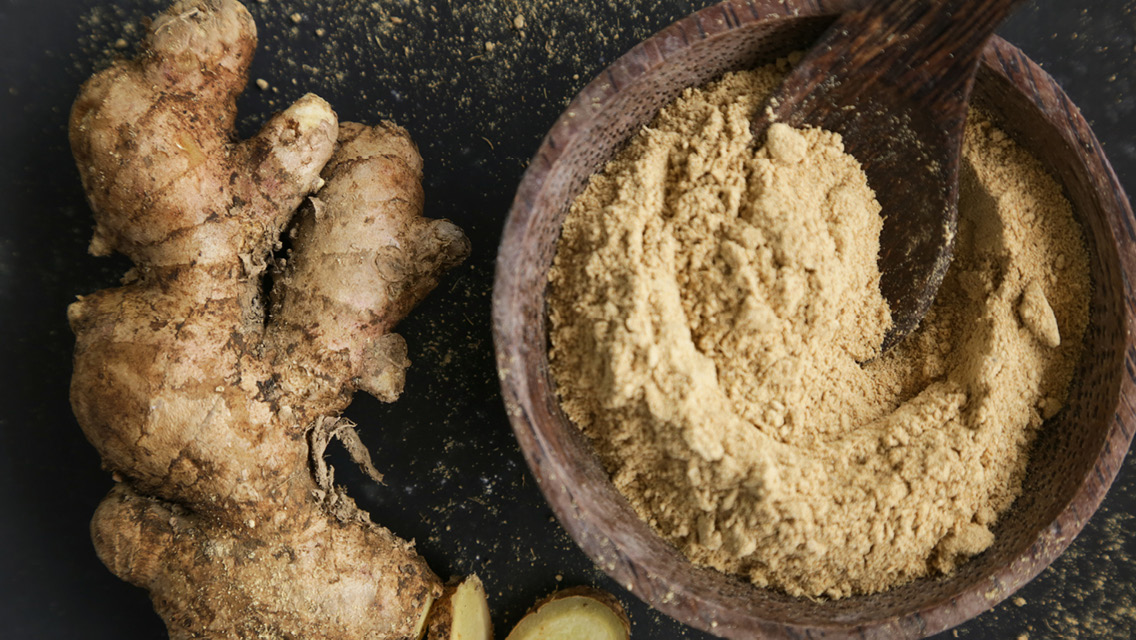Although the role of exercise in staving off chronic inflammation is less well documented than dietary changes, experts still tout physical activity as one of the best ways to keep inflammation at bay. The best part? It doesn’t matter how you move — just get out and go. The indirect results of exercise on inflammatory diseases are bountiful.
Running for an hour or more per week lowers a man’s risk of developing heart disease by 42 percent, according to research in the Journal of the American Medical Association. People who exercise regularly are also less likely to be overweight, which lowers the odds of suffering from an inflammation-related illness.
Exercise also may directly muffle inflammation. In studies, both aerobic and nonaerobic exercise have been shown to lower levels of C-reactive protein, or CRP (the body’s marker for inflammation). The lower the body’s CRP, the less inflammation is present.
In a study published by the American Heart Association, researchers at the Cooper Institute in Dallas recruited 722 men to observe how fitness affects inflammation. The men’s fitness levels were measured by how long they could walk on a treadmill at gradually rising inclines. Inflammation levels were calculated by performing blood tests for CRP.
In the end, researchers saw a clear trend toward lower CRP levels among those men who aced the treadmill test and higher CRP levels among those who struggled. Among the men in the lowest fitness group, 49 percent had dangerously high CRP scores. Conversely, only 16 percent of those in the highest fitness group had elevated CRP levels.
The rub is that scientists aren’t sure exactly how exercise diffuses inflammation. One theory is that exercise goads the body into making more antioxidants, which then seek and destroy free radicals associated with prolonged inflammation. William Joel Meggs, MD, PhD, author of The Inflammation Cure, believes exercise may fool the body into thinking it’s younger than it is. “If the body senses it has a biological need to stay healthy, it will produce more antioxidants to control inflammation and slow the aging process,” he says. (For more on how and why to exercise as you age, see “Power Aging.”)
To maximize the anti-inflammatory properties of exercise:
Make it a habit. Aim for 30 minutes daily of moderate physical activity, such as walking, running, swimming, or even yard work. Remember, a little each day is more beneficial than squeezing in a week’s worth of exercise on the weekend.
Mix and match activities. For your best shot at lowering CRP levels, get a mixture of both aerobic exercise, such as walking, running or riding a bike, and moderate strength training, with body-weight moves or weightlifting, either at a gym or with hand weights or kettlebells at home.
Don’t overdo it. If you find yourself hobbled for days after each trip to the gym, dial down your workout. An overzealous workout can leave muscles and joints sore, which may ultimately fuel the inflammatory fire instead of quell it.
Recruit your mind. “Mental states are important,” says Meggs. “We know that angry, hostile people have higher CRP levels than people who keep their cool.” The thinking goes that cortisol, a stress hormone, triggers the body to release a host of chemicals that contribute to the inflammatory cascade. Activities that calm the mind, such as meditation and guided imagery, lower CRP levels, he says. Better yet, try combining a meditative focus with physical movement in practices like yoga, tai chi, or qigong. (For more on this topic, see “Emotional Biochemistry.”)





This Post Has 0 Comments